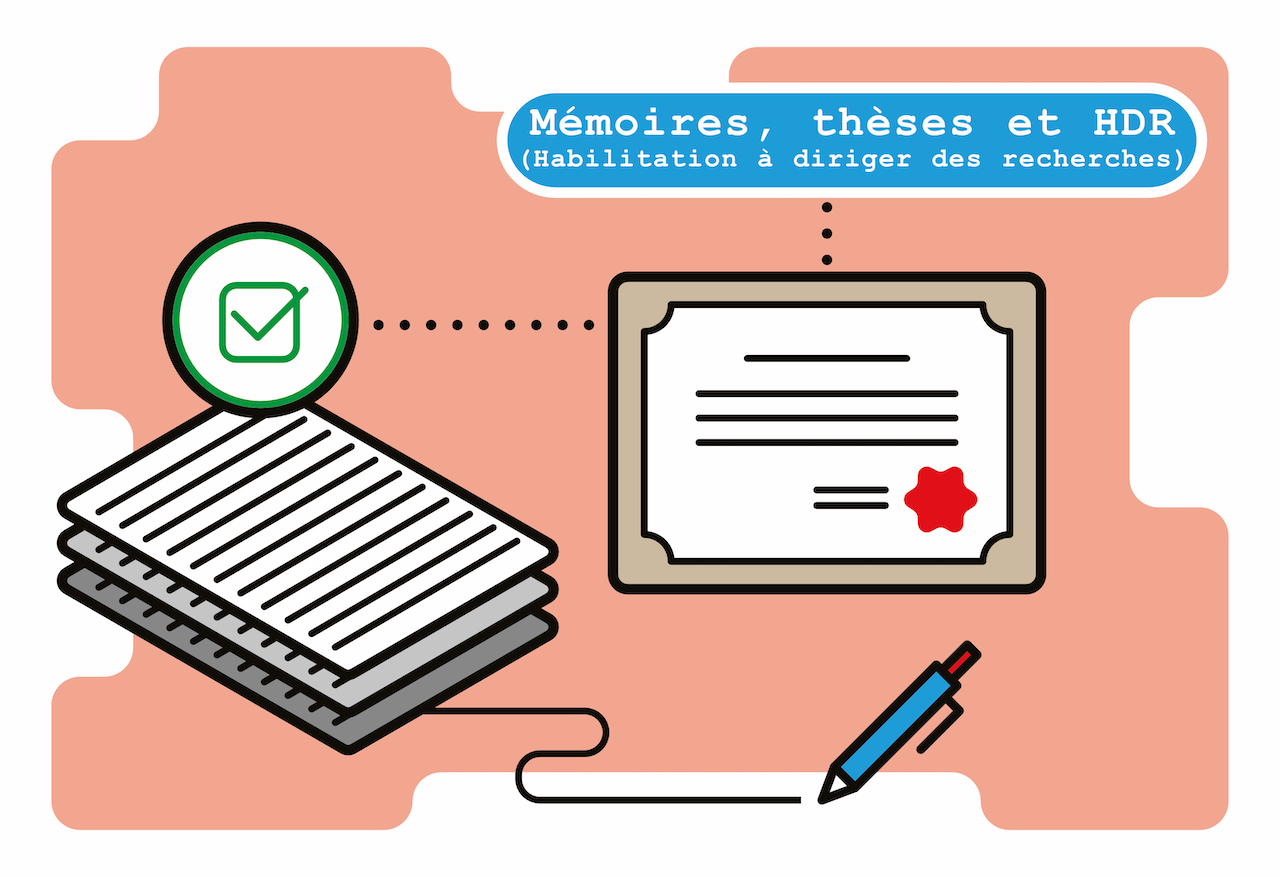Electronic structures of novel quantum materials studied by spatially angle-resolved photoemission spectroscopy
Fiche du document
- ISIDORE Id: 10670/1.5641be...
Sujets proches
Structures Edifices HallsCiter ce document
C Chen, « Electronic structures of novel quantum materials studied by spatially angle-resolved photoemission spectroscopy », Oxford Research Archive, ID : 10670/1.5641be...
Métriques
Partage / Export
Résumé
This thesis describes the studies on the electronic structures of several novel quantum materials by using the Angle-Resolved Photoemission Spectroscopy (ARPES) technique: Topological Dirac semimetals represent a new state of quantum matter that offers a platform for realizing many exotic physical phenomena. Our ARPES experiment systematically revealed the electronic structures of MSiS (M=Zr, Hf) family and confirmed the Dirac line-nodes states in both compounds. By comparing the spin-orbit coupling (SOC) effect, we demonstrated that the degeneracy of bands at certain positions of Brillouin zone (BZ) are protected by non-symmorphic symmetry of the crystal. Two dimensional (2D) semiconductors with high carrier mobility and moderate band gap are particularly attractive for their potential broad applications in electronic devices. By using both ARPES and scanning tunneling microscopy (STM) techniques, we comprehensively revealed the electronic structure of newly discovered air-stable oxide semiconductor Bi2O2Se. Surface patterns (consisting of 50% Se vacancies) were found on the cleaved sample surface. Remarkably, we found no evidence of undesired in-gap states even in the presence of these surface defects. Spatially resolved ARPES technique has been recently developed, which features its ability to focus the incident beam into submicron region. By using the technique, we studied the electronic structure of square graphene system. The sides of the graphene are found to be aligned with underlying Cu direction, indicating the important role of substrate during the growth of graphene. In addition, large domain twisted bilayer graphene (tBLG) was artificially constructed. The van Hove singularity in its band structure caused by interlayer interaction was directly revealed by our ARPES measurement.
